|
|
Cannabis farms around the US use carbon offsets to lower their environmental impact and claim sustainable certifications. Many criticize carbon offset programs as a band-aid solution to climate issues, as they allow broken operations and supply chains to persist through the purchase of carbon credits.
We’re taking a closer look at carbon offsets for cannabis farms to determine if carbon offset programs do more harm than good.
Farmer’s potential to reverse climate change
Farmers play a crucial role in reversing climate change as agriculture produces 9% of U.S. emissions, yet forests sequester 11-15% of annual emissions. Regenerative agriculture practices and environmentally friendly staple crops have the potential to sequester all excess carbon produced by humans by restoring the soil through proper land management.
President Joe Biden recently proposed a carbon market to pay farmers for ‘carbon farming’ as part of the Climate 21 Project.
The U.S. Department of Agriculture (USDA) has suggested a carbon bank that would finance the carbon credits by guaranteeing farmers a set amount of money – about $10-$30 per ton of CO2 stored in the earth. Through the Commodity Credit Corporation (CCC), the USDA can borrow up to $30 billion that could go towards the carbon credits program.
In 2021, the Senate overwhelmingly approved a bill (92-8) to create a certification program for farmers to sell carbon credits by storing carbon in their crops or soil. Currently, this voluntary carbon market is largely unregulated, without any legal standard for what signifies a credit.
The Growing Climate Solutions Act provides $4 million over four years towards helping farmers navigate the confusing new space and design the carbon market with the farmers in mind.
The USDA has not explained how to pay the carbon offsets and how the verification protocols work. The following steps include the USDA creating an advisory council to make the necessary protocols, best practices, and instructions for farmers on how to participate.
What are carbon offsets, and how can the cannabis industry benefit from them?
Carbon credits, or carbon offsets, are tradable permits that allow the purchaser to emit an allocated amount of carbon stored elsewhere (ideally for decades). As other companies seek to achieve carbon neutrality or meet federal emissions caps, cannabis farms provide an excellent, mutually beneficial solution.
The farmers can diversify their income streams and invest in increasing their production while the companies receive carbon offsets to go green.
Unfortunately, only hemp is an eligible crop for carbon credits (consuming 6 tons of CO2 per acre) since cannabis is federally prohibited. The sustainability of cannabis should not suffer in the face of regulation.
Like hemp, cannabis is a carbon-negative crop that absorbs more carbon from the atmosphere than is emitted during its harvesting, processing, and transportation. Hemp and cannabis store carbon in their roots and stalks, which stay in the ground after harvest and turn into organically rich compost.
To compare the environmental effects of hemp to cannabis assumes that both are grown outdoors; however, indoor cannabis grow-houses use extensive heating, ventilation, and air conditioning (HVAC) systems that consume massive amounts of electricity.
To decrease cannabis’ indoor growing carbon footprint, farmers would have to implement energy-efficient equipment (such as LEDs and building automation systems) and add solar or wind to the mix, either through switching electricity providers or generating the renewable energy on-site.
Green cannabis packaging
Typical cannabis packaging uses four to 30 times the weight of plastic compared to its contents. In addition to the containers, most dispensaries place all the purchased contents in an unrecyclable plastic Ziploc bag with mixed materials.
In response to this plastic epidemic, cannabis packaging companies started creating 100% sustainable and recyclable cannabis packaging that minimally affects the environment. Next time you’re at the dispo, look to buy glass jars with recycled plastic or wooden caps rather than plastic jars.
There are also biodegradable bamboo tins to hold prerolls and hemp slider boxes that are customizable for any product. The average plastic water bottle takes 450 years to decompose, but hemp plastic will biodegrade in only six months.
Switching to sustainable packaging is just one way to achieve zero waste and offset your carbon emissions. Check out Ventiv Design as an example of sustainable cannabis packaging.
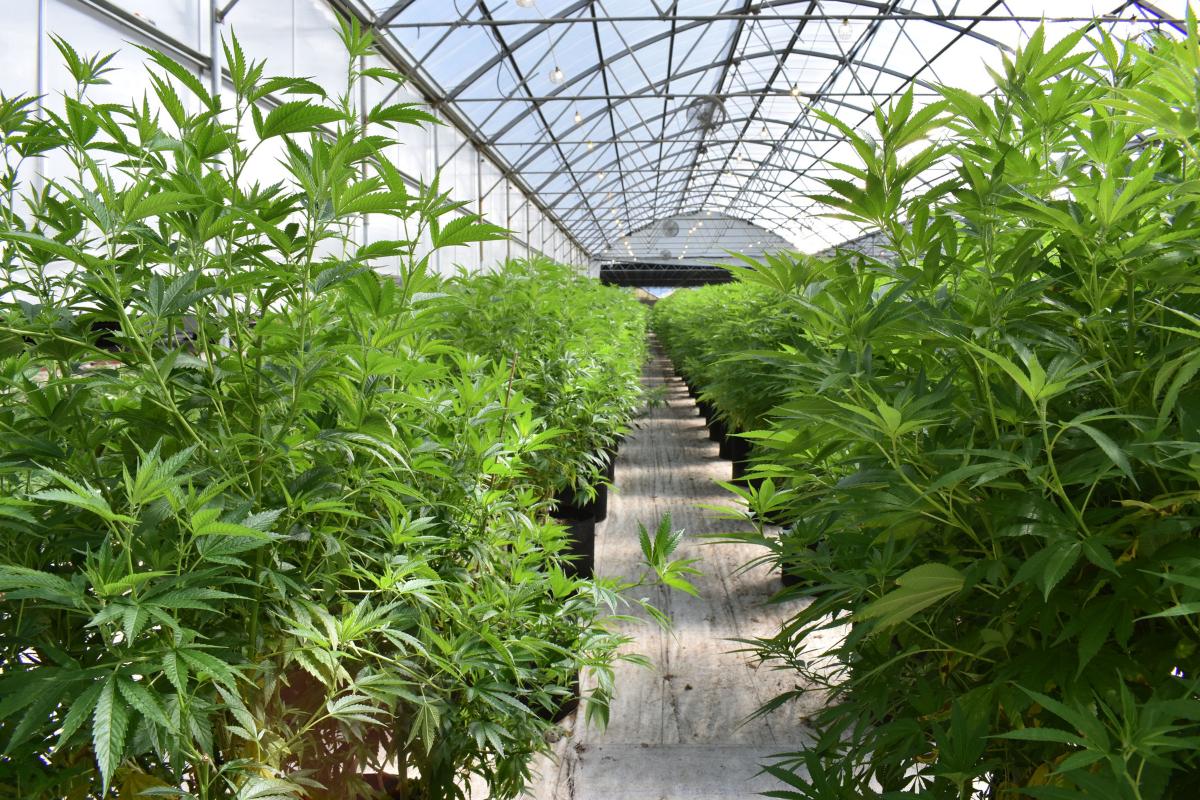


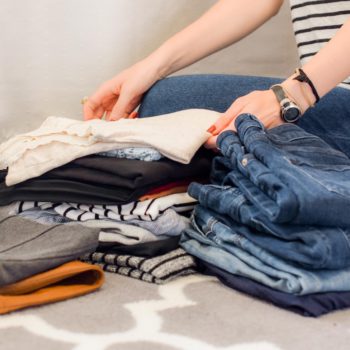
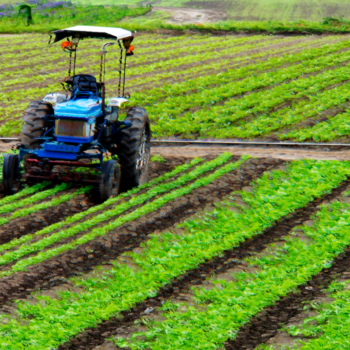
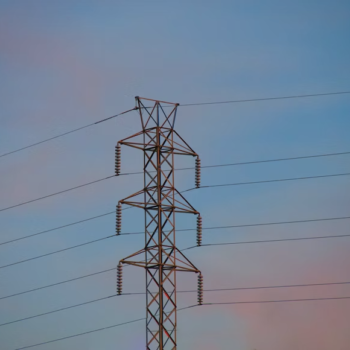
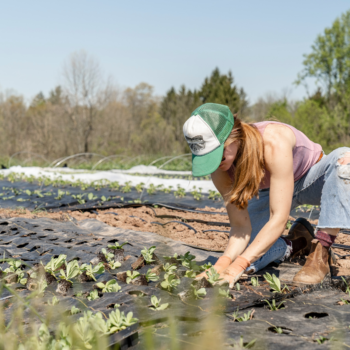
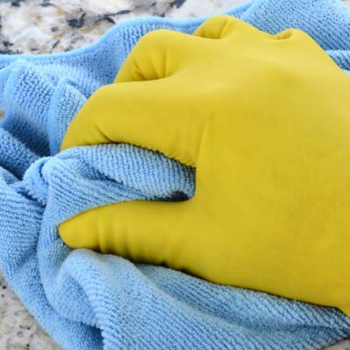
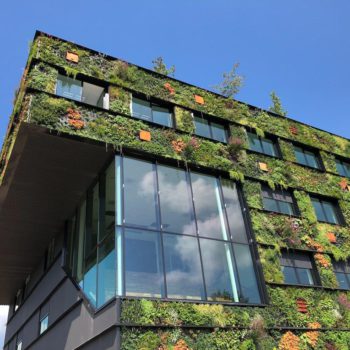
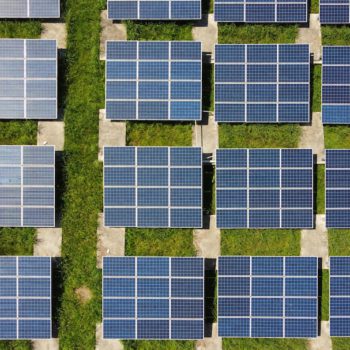
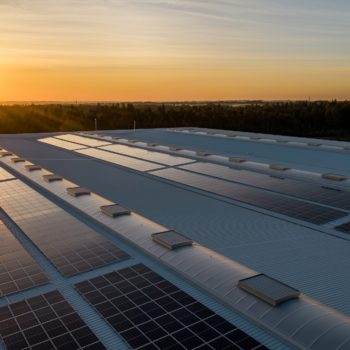


No Comments